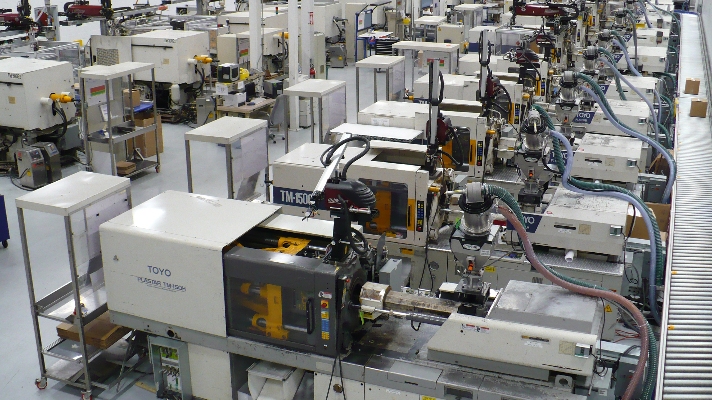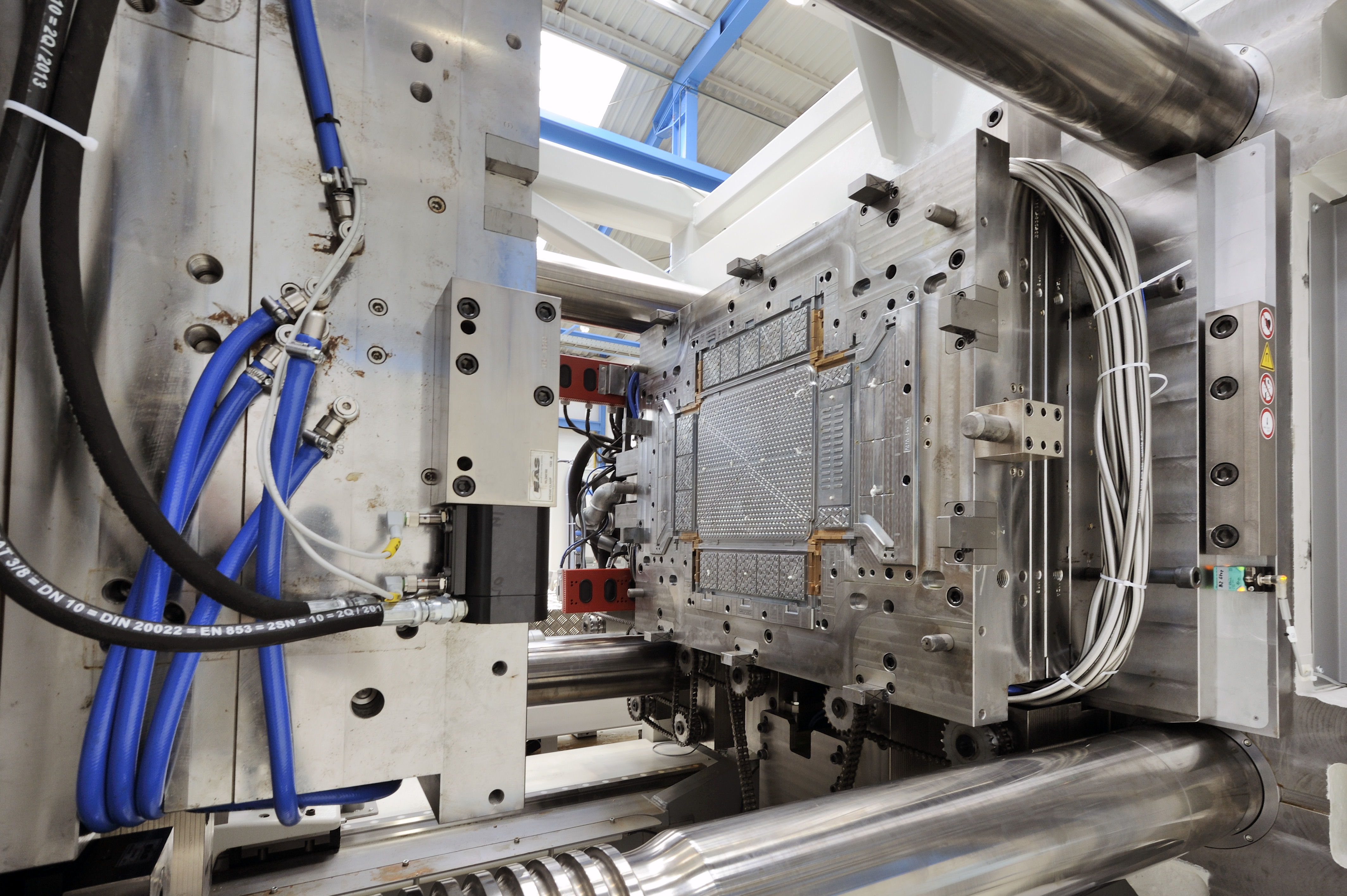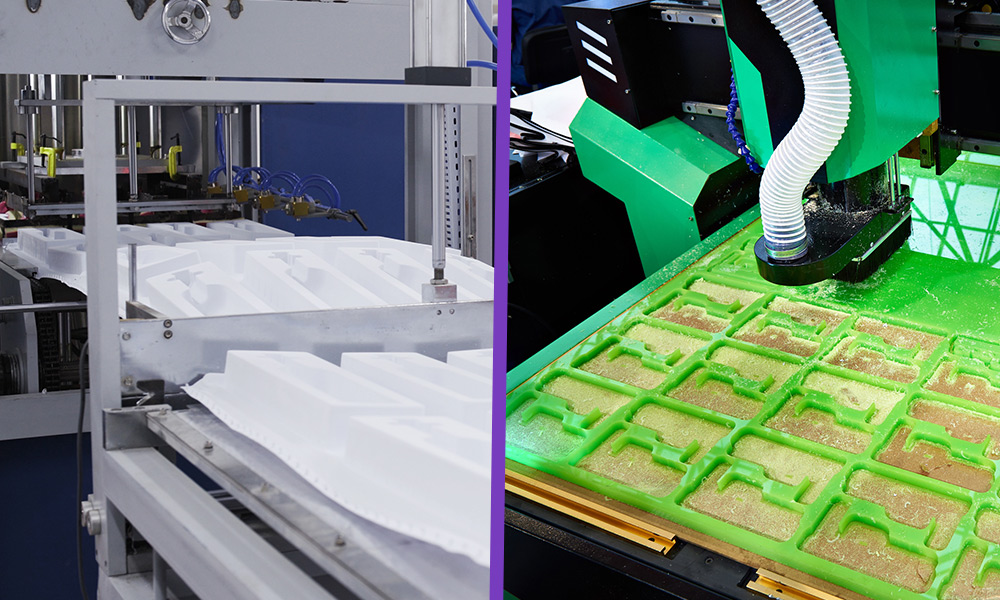Comprehending the Basics of Plastic Injection Molding Procedures
Plastic shot molding offers as a keystone of modern-day production, supplying a methodical technique to producing complex components with precision. Discovering these essential aspects could disclose just how even small changes can lead to considerable improvements in production results, raising concerns concerning the capacity for development in this recognized process.
What Is Plastic Shot Molding?
Plastic shot molding is a widely utilized production process that changes polycarbonate and thermosetting materials into precise and intricate forms. This technique is favored for its capacity to create high quantities of similar components with remarkable accuracy, making it a vital technique in various industries, including auto, customer goods, and medical tools.
The process entails melting the selected plastic product and infusing it right into a mold under high stress. The mold, developed to the specifications of the desired component, allows the molten plastic to form as it solidifies and cools down. As soon as the product has solidified, the mold is opened, and the finished component is expelled.
Plastic shot molding uses numerous advantages, consisting of minimized waste, uniformity in production, and the ability to incorporate intricate designs that might be testing with various other making techniques. Furthermore, it sustains a wide range of products, each supplying distinct properties that can be customized for particular applications. As markets continue to introduce, plastic injection molding remains at the leading edge, making it possible for the development of innovative items that meet progressing consumer demands.
The Shot Molding Refine
The injection molding procedure is a sophisticated method that involves numerous essential phases to generate top notch plastic elements. Originally, plastic pellets are fed into a warmed barrel where they are melted into a viscous fluid. This molten plastic is then infused under high stress right into a precision-engineered mold and mildew, which shapes the product right into the desired type.
As soon as the mold is loaded, the plastic is enabled to cool and solidify, taking the form of the mold and mildew cavity. Cooling time is crucial, as it impacts the cycle time and the last properties of the molded component. After sufficient cooling, the mold and mildew opens up, and the finished part is expelled using ejector pins.

Products Made Use Of in Injection Molding
Numerous materials can be used in the injection molding procedure, each offering special buildings that provide to certain applications. One of the most typically used materials consist of thermoplastics, thermosetting plastics, and elastomers.

Thermosetting plastics, like epoxy and phenolic resins, go through a chemical adjustment during the healing procedure, leading to an inflexible, inflexible structure. These products are ideal for applications needing high warmth resistance and architectural integrity, usually used in auto components and electrical insulators.
Elastomers, including go to my site silicone and rubber-based materials, offer adaptability and durability. Their unique residential or commercial properties make them appropriate for applications that demand flexibility, such as gaskets and seals.
In addition, specialty products like bio-based plastics and composites are gaining grip for their ecological advantages and enhanced performance characteristics, expanding the range of shot molding applications in various markets. Comprehending the homes of these products is important for selecting the appropriate kind for specific projects.
Benefits of Injection Molding
Injection molding stands out as an extremely reliable production process that uses numerous advantages for producing intricate parts with precision. One of one of the most substantial benefits is the capacity to create detailed layouts that see post would certainly be impossible or difficult to accomplish with other approaches (Plastic Injection Molding). The process permits for in-depth features and tight resistances, making sure top notch components
In addition, shot molding is recognized for its quick production capabilities, making it a suitable option for high-volume production. As soon as the mold is produced, parts can be created rapidly, decreasing lead times and raising general productivity. This efficiency not just reduces manufacturing expenses but also provides an one-upmanship in the marketplace.
The adaptability of materials utilized in injection molding even more improves its appeal. A large array of thermoplastics and thermosetting polymers can be employed, allowing suppliers to select materials that finest fulfill their certain demands, including stamina, versatility, and warm resistance.
In addition, the procedure decreases waste, as excess product can typically be reused and recycled. This sustainability look what i found aspect adds to a lowered ecological influence, making injection molding a responsible production choice. Generally, the advantages of injection molding make it a favored approach for several sectors.
Aspects Affecting Item High Quality
While many elements can affect item quality in shot molding, recognizing these aspects is crucial for achieving optimal outcomes. Secret aspects include product option, refining criteria, and mold design.
Material selection plays a crucial role, as various polymers show unique homes that impact flowability, toughness, and thermal security. Inadequate product selection can result in flaws such as warping or insufficient filling.
Processing criteria, consisting of cycle, stress, and temperature level time, need to be diligently managed. Variants in these settings can cause variances partly dimensions and surface coating. Exceedingly high temperatures might trigger destruction of the polymer, while insufficient pressure can result in short shots.
Mold and mildew style is just as essential, as it establishes the circulation of the molten plastic and the cooling process. Inadequately created molds might result in unequal air conditioning prices, leading to residual stresses and dimensional inaccuracies.

Final Thought
To conclude, plastic injection molding serves as an important production process that enables the effective manufacturing of top quality elements. Mastery of the injection molding process, consisting of the understanding of products and the impact of numerous aspects on item high quality, is vital for achieving optimal outcomes. The advantages of this technique, such as cost-effectiveness and style versatility, further underscore its value throughout several industries, strengthening its status as a favored option for high-volume manufacturing.
Plastic injection molding offers as a keystone of modern-day manufacturing, supplying a systematic technique to producing complex components with accuracy.Plastic shot molding offers several benefits, including lowered waste, uniformity in manufacturing, and the capacity to integrate elaborate layouts that may be testing with various other producing techniques (Plastic Injection Molding). As sectors continue to introduce, plastic injection molding continues to be at the center, enabling the growth of advanced products that fulfill developing consumer needs
The injection molding process is a sophisticated strategy that includes numerous essential phases to create high-quality plastic parts.In verdict, plastic injection molding serves as a critical production process that makes it possible for the effective production of high-grade elements.